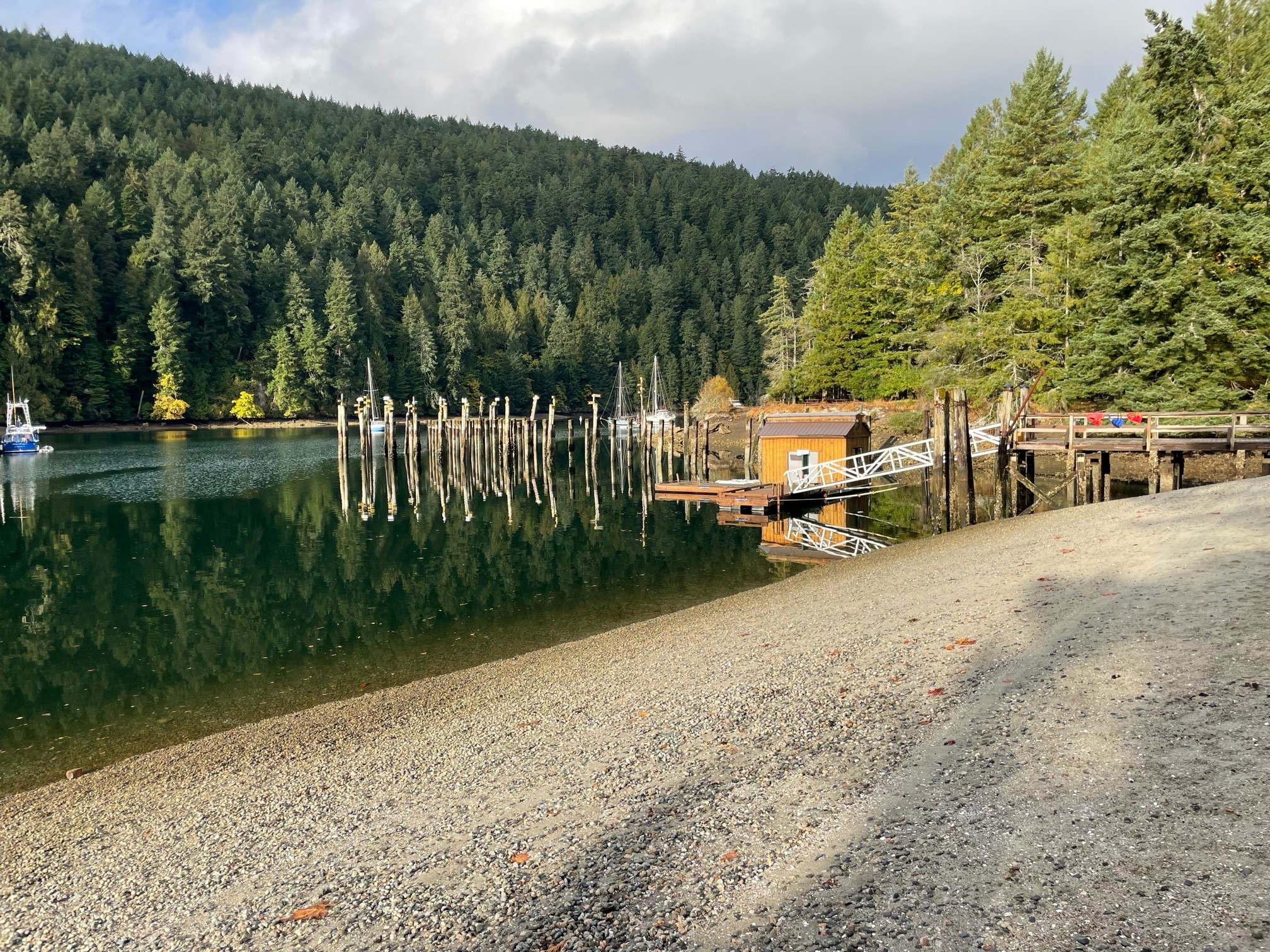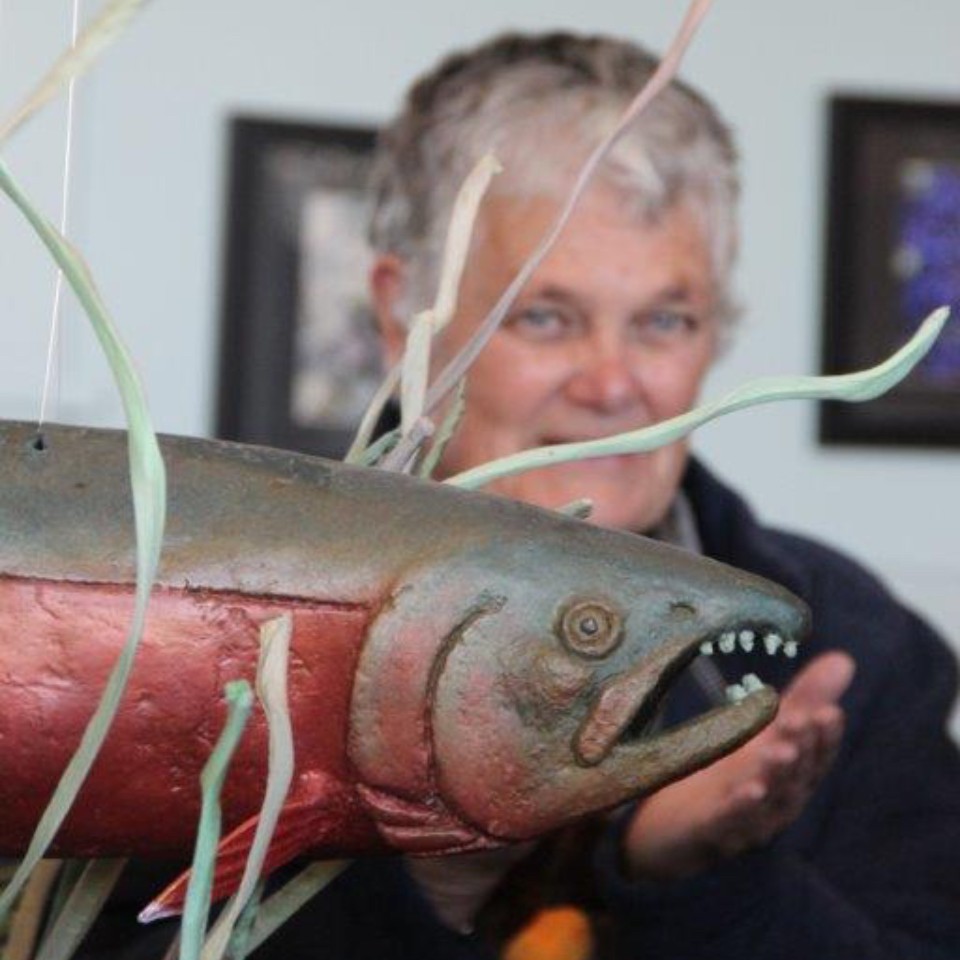Roberts Bay is a semi-enclosed bay located on the northeast side of the Saanich Peninsula, within the Town of Sidney, BC in the Traditional Territory of the Tseycum First Nation. The bay is of regional, cultural, and ecological importance and provides habitat for migratory and resident species of birds and wildlife. It is a Federally designated site as a key part of the Shoal Harbour Migratory Bird Sanctuary, which also includes Tsehum Harbour directly to the North and is also a part of the larger Sidney Channel Important Bird Area (IBA). Though most of its shoreline is armoured with private bulkheads and seawalls, one area has a small slough and delta feature known as Mermaid Creek. A small salt marsh is located on the Mermaid Creek delta, mainly consisting of American glasswort (Sarcocornia pacifica) and saltgrass (Distichlis spicata). There is also a high brackish marsh around the creek bank and a large, healthy eelgrass bed offshore.
Concerns from the local community prompted SeaChange Marine Conservation Society (SeaChange), in partnership with Peninsula Streams Society (PSS) and with funding from World Wildlife Fund (WWF), to commission a study to map the biological, geomorphological, and blue carbon baselines of the shoreline, intertidal, and subtidal areas.

A key finding of the report was that over 70% of the salt marsh has eroded and the marsh has retreated up the beach over the past 50 years, with the pace of loss increasing since 2005, likely due to coastal squeeze and increased storm action. The loss of the Salt marsh has resulted in the loss of important environmental services including habitat, nutrient processes, natural protection from waves, and carbon sequestration capacity. A recent technical report completed by coastal engineers and planners DHI concludes that without intervention the marsh will continue to erode at comparable rates and will be lost within a few years.


PSS applied for and received funding from Environment and Climate Change Canada and, with support from WWF and SeaChange (through funding from the Commission on Environmental Cooperation), put together a restoration plan that would protect the remaining ~2,000 m2 and restore ~4,000 m2 of Mermaid Creek’s salt marsh. Unfortunately, despite meticulous planning and dedicated efforts to adhere to legal and environmental regulations, the project encountered hurdles regarding riparian property rights that proved to be unresolvable in the timeline required for the funding organizations and initiative, which was to start in 2024, and was subsequently cancelled.

This underscores the complexities inherent in balancing environmental conservation goals with legal considerations and property rights, especially in urban areas. Moving forward, we remain dedicated to exploring alternative avenues for preserving and enhancing the ecological integrity of Roberts Bay while respecting the rights of property owners. The West Coast Environmental Law Centre is examining how the jurisdictional complexity of the coast impacts the future of coastal restoration work in British Columbia despite the policy intentions in the upcoming Coastal Marine Strategy.





